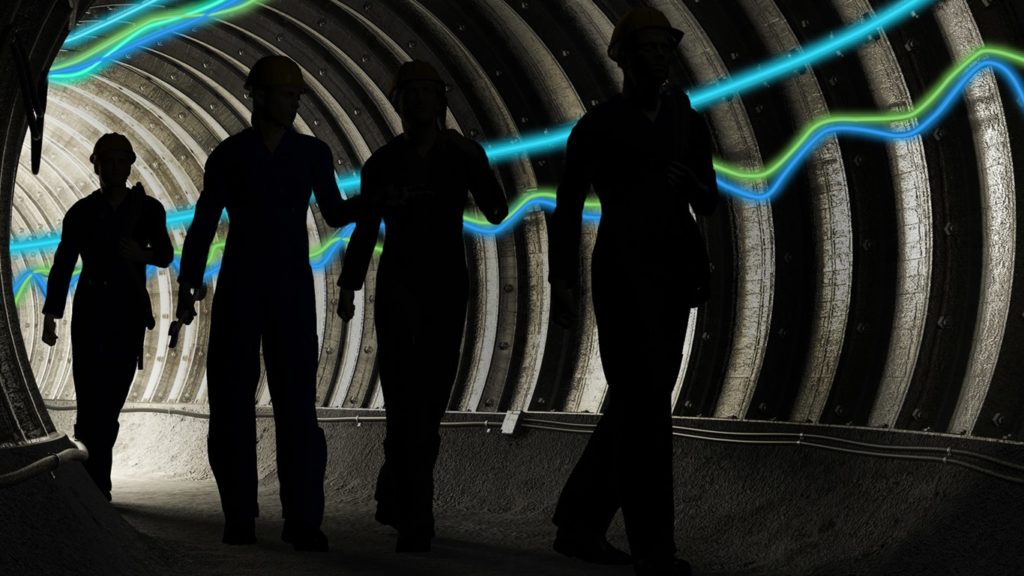Miners must prepare their workforce today to meet the demands of tomorrow’s digital age, or risk future growth and innovation, according to Gaston Carrion, Talent and Organisation Lead for Accenture’s resources practice in Australia and New Zealand.
Carrion told delegates at the International Mining and Resources Conference (IMARC) in Melbourne, Australia that, as the use of autonomous vehicles and other advanced technologies increases, the profile of the future mining workforce could change by up to 80% by 2024.
“The very concept of work is being redefined due to changing workforce demographics and rapid advancements in technology, and the Australian mining industry is no exception,” Carrion said.
He believes the future mining workforce will be highly connected, as people work in tandem with artificial intelligence (AI) to improve safety, productivity and profitability.
“Based on the current rate of technology adoption, the digital mine is no longer a pipe dream, so it’s crucial that miners review their attraction, development and retention talent approaches,” he said.
“Now, more than ever, mining and metals companies need to look at their future talent needs and establish workforce and technology strategies to ensure they have a robust and appropriately skilled supply of employees.”
Accenture’s recent Reworking the Revolution research further highlights the need for human-machine collaboration and reskilling, according to the company. It found 66% of Australian workers thought the share of roles requiring collaboration with AI would rise in the next three years and only 3% of CEOs planned to significantly increase investment in reskilling their workforce in the next three years.
Carrion outlined three key ways for mining companies to get ahead of the curve to foster this future workforce, centred around attraction, development and retention.
He explained that mining will need new skills in the future, from technologists and data scientists, to partnership managers and improvement specialists.
“Miners must reimagine talent attraction in a battle for the best and brightest. New talent pools should be established, both internal and external, with proactive sourcing key,” he said.
“Diversity should also be a priority for miners, and many companies have committed to fostering a more gender-balanced workforce. Ultimately, a diverse workforce is more engaged and productive, and will allow miners to navigate industry disruption far more effectively.”
Development will also be vital as a workforce strategy, in terms of reskilling programmes, career advancement and organisational culture.
Carrion said reskilling on digital, analytics, process improvement, remote operations and applications of AI is imperative, extending beyond employees and into contractors.
He also detailed the area of retention and stressed its importance, explaining that retention of high performers shouldn’t be an afterthought, and that new leadership can help refresh and empower the existing workforce to embrace innovation quickly.
The IMARC conference and exhibition, taking place this week in Melbourne, Victoria, is developed in collaboration with its founding partners the Victorian State Government of Australia, Austmine, AusIMM and Mines and Money.











